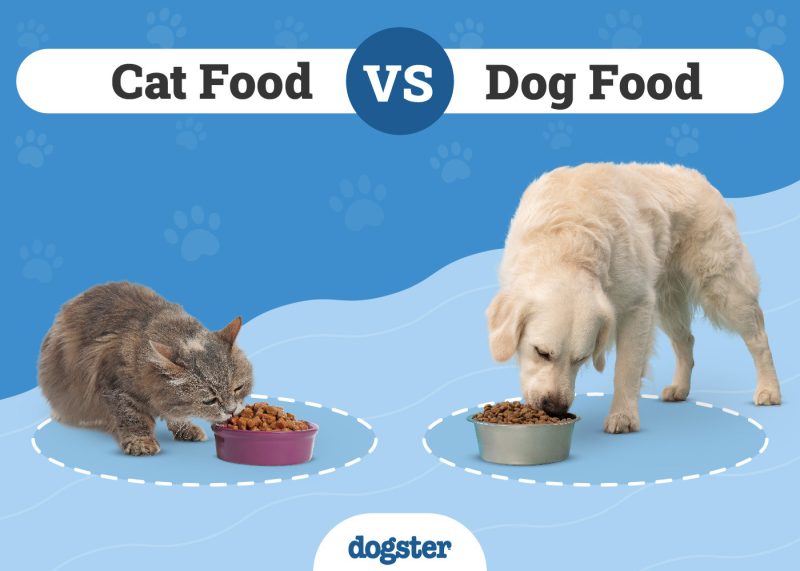Roughly 44.6% of American households have a dog,1 making safety a valid concern if you have toddlers at home. Canines bite about 4.5 million people yearly in the United States,2 and children are among the most common victims. Several factors come into play, though, starting with the kids’ inability to recognize the dogs’ body language and emotions, particularly fear. Remember that survival drives this feeling, and the animal is only trying to protect themselves.
Keeping toddlers safe around dogs involves understanding the emotional capacity of the parties involved. You must be realistic and not let personal blinders obscure the risks. So, how exactly do you make your home a safe place for both of them?

Before You Start
The most important thing to realize is that the threat of danger is very real to your dog. Despite domestication, aggression is normal canine behavior. After all, they must protect themselves, their territories, and their offspring. Nature and genetics pull the strings on this accord.
If a dog is feeling uncomfortable in a situation, they will start by using body language signs to show that they are anxious and unsure. However, if these signals are misunderstood or ignored (for example, by an exuberant toddler), they can escalate to the point that a dog may bite. Dog aggression toward toddlers is normally fear based, as toddlers can be unpredictable and loud and make sudden noises. They are often very interested in dogs and their toys and may behave inappropriately toward them by pulling their fur, tail, or ears.
Remember that keeping people safe around your dog is part of your responsibility as a pet owner. You must do everything you can to ensure your dog isn’t a threat to other people, no matter what the situation. The same also applies to keeping your pets safe from humans, especially toddlers, who don’t understand how to act appropriately around or handle dogs just yet.

The 6 Tips for Keeping Dogs and Toddlers Safe Together
1. Get Your Household on Board With the House Rules
We recommend holding a household meeting to discuss the issue of toddlers and dogs. Everyone must understand the risks and the measures they must take to ensure the safety of the little ones and all household members, pets included.
So, we suggest having a game plan that everyone is on board with to provide consistency. It’s the best way to keep unwanted behavior in check and to let your dog know what they can expect from everyone in the house.

2. Teach Your Toddlers the Rules About Being Around Your Dog
You must also set the rules with your kids in a language they can understand. You don’t want to make them scared of your pet, so the goal is to create respect. This condition gives you a wide berth for action since each pet varies in their tolerance. The important thing is to instill the concept that boundaries exist. Never let children touch or disturb a resting or sleeping dog, and don’t allow them to touch your dog while they are eating.
Another thing to consider is ensuring your child stays away from the dog’s belongings, such as their food and water bowls or toys. These should stay in your dog’s safe zone, and kids should not have access to them.
3. Supervise All Playtime and Never Leave Them Alone Together
Regardless of all the cautions, you and all adults in your household must supervise all interactions, including playtime, with toddlers and dogs. You can’t rely unconditionally upon your kids or dog to follow the rules. Accidents can happen in the blink of an eye, so if you can help it, don’t step away for even a second, even if the two seem to be ignoring each other at the time you step away.

4. Train and Socialize Your Dog
You must train and socialize your dog, and that includes teaching them the basic commands such as “Sit!” and “Stay!” You should also train your dog not to jump up on people. Although this can be cute when they are puppies, adult dogs that jump up can easily cause injuries to small children. Making sure your dog is also socialized with lots of different people and animals is crucial, so be sure to start this from a young age.
5. Identify Any Triggers
Keeping toddlers safe involves identifying any potential triggers of unwanted behaviors, and much of this can be told through your dog’s body language. However, children may pick up new things from others that can upset the family pet unfamiliar with something different. Dogs that haven’t been socialized properly from a young age are probably more likely to respond negatively than pups used to novel experiences, hence why we recommend training and socialization. A veterinarian can be a great source of information about how to properly socialize your dog.
If you need to speak with a vet but can't get to one, head over to PangoVet. It's our online service where you can talk to a vet online and get the advice you need for your pet — all at an affordable price!

6. Give Your Dog a Safe Space
One of the best things you can do to keep both your pet and toddler safe is to give your dog a place where they can get away from the chaos of the house, like a kennel or their own room. This should be quiet and comfy and a place that they have a positive association with. No kids should be allowed in this area. Baby gates can also be invaluable for keeping dogs and toddlers separate and safe when you are unable to supervise interactions.

Conclusion
Keeping toddlers safe from dogs involves recognizing the threats and putting steps in place to help them live together safely. Your pup doesn’t have it out for our child. Most of their behaviors are reactionary and instinctive. They don’t want to be aggressive or mean. Your dog is simply trying to protect themselves. Children and dogs can have lots of fun together, but safety always needs to come first and their interactions must always be supervised.
Featured Image Credit: PhotoSunnyDays, Shutterstock


















